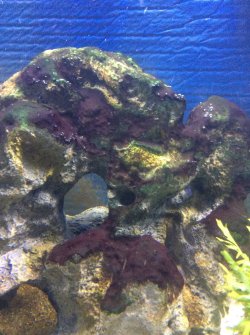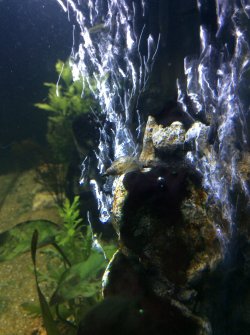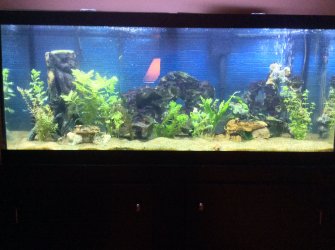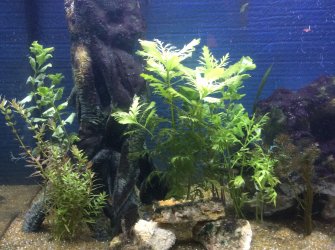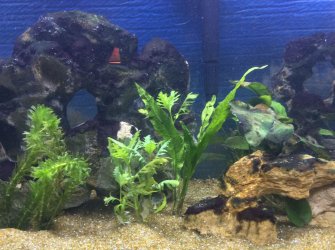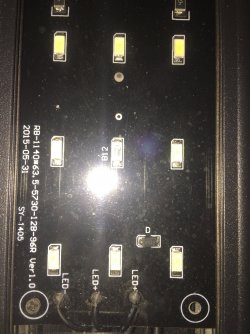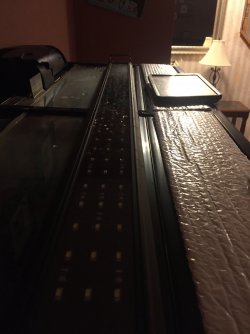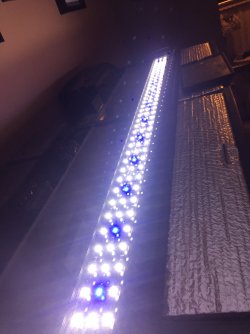I am going to suggest this is probably a light issue. LED is something I have not myself had good luck with (tried 3-4 units, all went back) but other members may know more about this particular unit and be able to offer suggestions. IF the intensity is sufficient for the plants, then it would be a case of perhaps reducing the duration to arrive at the balance with nutrients. I've done this, and am down to 8 hours (7 for one tank) and brush algae was stopped in its tracks.
However, nutrients also factor in. By Flourish do you mean the Flourish Comprehensive Supplement for the Planted Aquarium? Seachem make several products under the Flourish name, but this one is the complete/comprehensive nutrient supplement. However, too much of this and brush algae can explode, I've dealt with that.
From the plants in the photos, I would suggest no more than one dose of Flourish Comp, on the day following the water change. At roughly the level recommended on the label. You can divide this in half and dose three days apart, sometimes that helps. Let me know if you are doing this level, or more, now. And how are the plants doing, since you acquired them, which I assume is a month?
With more info on the light, as to its intensity and spectrum, I might be able to suggest more. LED light is often low in red, which is essential as it is the prime driver of photosynthesis. It looks bright enough in the photos, but that can be deceptive.
The GH should be OK. It is soft water at 75 ppm (I am assuming this is in ppm, or the equivalent mg/l unit), which is roughly 4 dGH and will be sufficient for the "hard" minerals calcium and magnesium which are in Flourish Comp but minimally.
Another suggestion is water changes I didn't ask about. These can help control algae by removing dissolved organics and nutrients if excess. I would do 50-60% weekly, at one go, then the Flourish Comp the following day as I mentioned.


